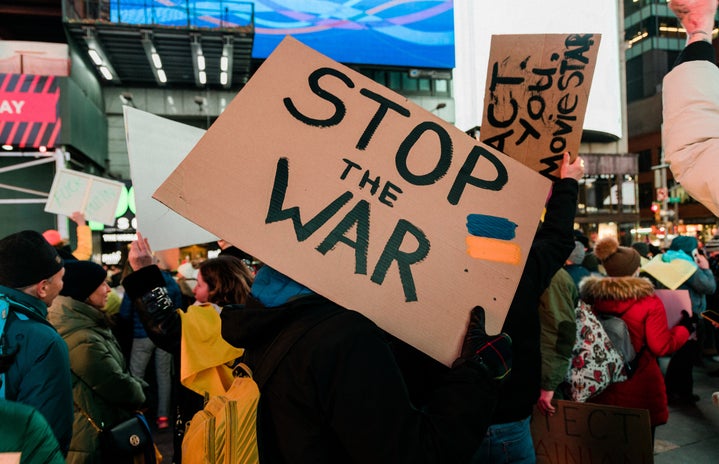The ongoing conflict between Israel and Hamas began on October 7, 2023. On that tragic day, Hamas militants staged deadly attacks in southern Israel, killing approximately 1,200 civilians and taking 250 others hostage.
Israel responded by launching a major military offensive in Gaza, targeting Hamas’s governing and military capabilities. Since the fighting started over four months ago, the humanitarian situation in Gaza has deteriorated dramatically. According to health officials in Gaza, over 29,000 Palestinians have been killed by Israeli airstrikes and ground operations over the last few months.
With Gaza already one of the most densely populated territories in the world, overcrowding has now become a severe issue. According to United Nations estimates, more than 85% of Gaza’s population of 2.2 million have fled their homes, seeking safety from intense bombardment and violence. Over a million Palestinian refugees have crowded into southern Gaza districts like Rafah along the Egyptian border. The United Nations describes conditions there as “extremely overcrowded,” with vulnerable families taking shelter in schools, tents, and makeshift dwellings.
Gaza City, Khan Younis, Rafah, and other urban areas have sustained immense damage. Independent analysis of satellite imagery shows over 70% of buildings across Gaza City and Khan Younis have been damaged or destroyed. Overall, at least 150,000 structures in Gaza have been damaged since early October. Medical facilities have also been impacted – only 13 out of 36 hospitals in the territory are even partially functioning now, leaving limited options for treating the wounded.
Not only homes and hospitals but critical infrastructure providing basic necessities has been ravaged. Food, clean water and electricity are in desperately short supply for the remaining Gazan population. The World Food Programme reports that starvation affects around half of Gaza’s people, with up to 90% regularly going entirely without food.
Despite aid deliveries, humanitarian organizations warn that blockade and active warfare make it nearly impossible to supply the basics for survival. The UN has issued urgent appeals calling for unimpeded humanitarian access, avoidance of collective punishment against Gazans, the protection of civilians, and the release of remaining Israeli hostages.
However, attempts to broker even temporary ceasefires have so far failed. The UN warns that if bombings intensify further and planned evacuations of Gazans move forward, the territory risks becoming completely uninhabitable.
Attempts at ceasefire resolutions in the UN Security Council have failed multiple times, vetoed by the United States over concerns about disrupting hostage negotiations.
With around half of Gaza’s housing stock entirely destroyed or badly damaged, over 500,000 displaced Gazans may have no homes left to eventually return to. Further intense combat planned by Israel threatens a refugee crisis as Gaza verges on complete uninhabitability.
Over four devastating months later, the people of Gaza continue to suffer with no end to the conflict in sight.


